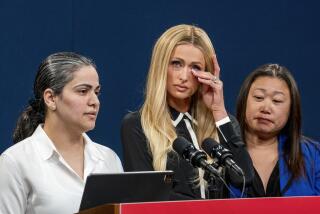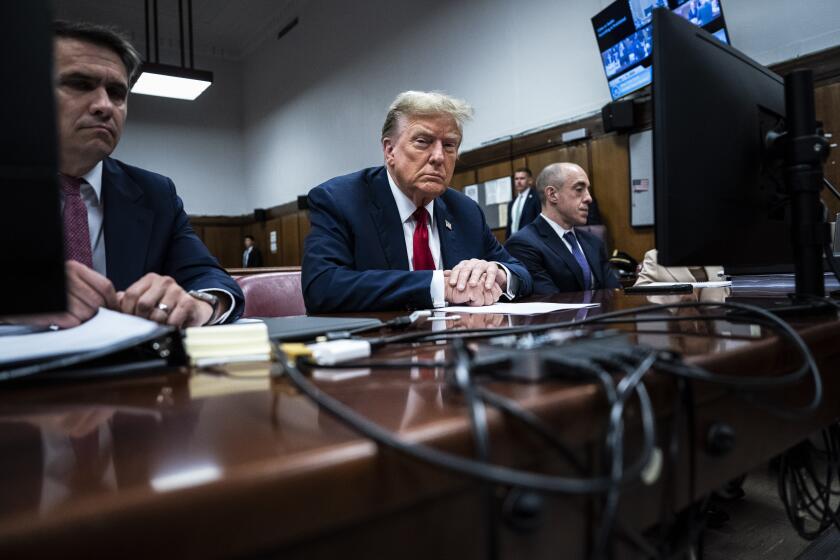Deal with the trade-offs
The 14-year-old North American Free Trade Agreement has become a hot issue in this year’s Democratic presidential campaign -- in Ohio, at least. When Sens. Hillary Rodham Clinton and Barack Obama hit the hustings in the Buckeye State, they compete to be NAFTA’s biggest critic. But when they jet to Texas, which is also holding its primary Tuesday, the candidates have little or nothing to say about the pact.
The disparity illustrates two truths about major trade deals: They’re a magnet for pandering, and they produce both winners and losers. Ohio, like other states in the Rust Belt, is stinging from the loss of manufacturing jobs in the years since NAFTA took effect. In Texas, however, communities near the border have blossomed with an influx of investment, jobs and workers.
And the differences haven’t just been regional. The trade deals signed since 1980 have helped spur job growth for some types of workers while decreasing jobs for others. Men at the high and low ends of the career ladder have benefited, but those in the middle have suffered, while the opposite holds true for women, according to a recent study by economist Stephen Rose at the Progressive Policy Institute.
The president’s job is to take the long view of what’s best for the country as a whole. Although it’s hard to pinpoint jobs lost or created because of NAFTA, U.S. employment has grown far beyond even pessimistic estimates of the trade deal’s costs. You wouldn’t know that listening to Obama, who declared in a recent speech that “trade deals like NAFTA ship jobs overseas and force parents to compete with their teenagers to work for minimum wage.” His stance is echoed by Clinton, who scolded Obama’s campaign for distributing a flier that said she had called NAFTA a “boon” to the economy.
The centerpiece of both candidates’ positions on trade is that future deals must include “good” or “strong” labor and environmental standards. That’s vaguely comforting and feel-good-ish, but it’s also misleading. Higher standards won’t protect jobs and bottle up capital in the U.S. over the long term.
That’s why the best course is to embrace free trade and fight for lower tariffs and other barriers to U.S. goods and services overseas. Protecting U.S. workers means giving them the education, training and, if necessary, retraining needed to compete for the higher-paying jobs that result from open markets. The capital and jobs that leave can help U.S. workers too by fostering stronger economies in the rest of the world and thus creating markets in which we can sell our products.
The increasingly global nature of business causes pain, but it’s better to adapt to the competition than shake your fist at it.
More to Read
Get the L.A. Times Politics newsletter
Deeply reported insights into legislation, politics and policy from Sacramento, Washington and beyond. In your inbox three times per week.
You may occasionally receive promotional content from the Los Angeles Times.






